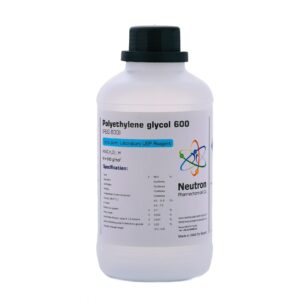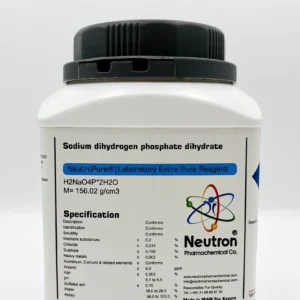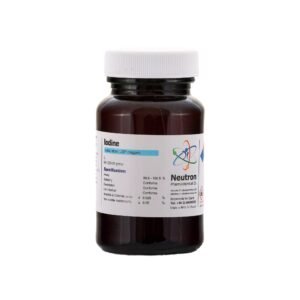Trisodium citrate dihydrate is the sodium salt of citric acid with two water molecules of crystallization. It appears as a white, crystalline, odorless powder that is highly soluble in water and forms alkaline solutions.
🏭⚗️ Production
Trisodium citrate dihydrate is typically produced by neutralizing citric acid with sodium hydroxide or sodium carbonate, followed by crystallization to obtain the dihydrate form. Industrial production often involves careful control of pH and temperature to ensure proper crystallization.
🔬 Properties
This compound is a white crystalline solid with a slightly alkaline reaction in aqueous solution. It has good solubility in water and a melting point around 74 °C (dehydration occurs at this temperature). It is non-toxic, stable under normal conditions, and readily absorbs moisture from the air (hygroscopic).
🧪 Applications
Trisodium citrate dihydrate is widely used as a buffering agent in pharmaceuticals and food products to regulate acidity. It serves as an anticoagulant in blood collection tubes and as a chelating agent to bind metal ions. Additionally, it is used in cosmetics, cleaning agents, and as an acidity regulator in beverages and processed foods.





